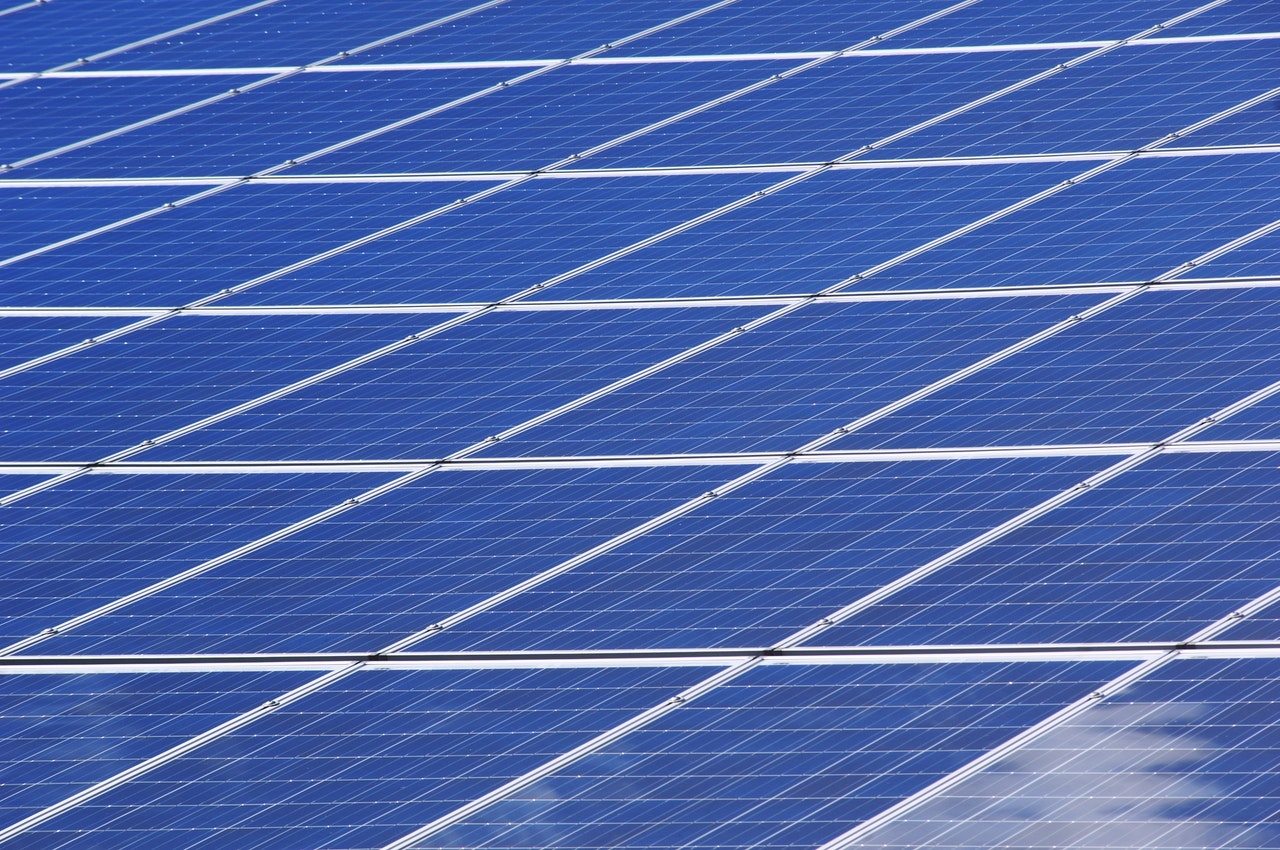Perovskites, mineral materials composed of calcium titanate, are valuable for making high-efficiency solar cells. While teams of scientists and engineers worldwide have been developing and testing perovskite solar cells in the lab, large-scale outdoor testing of these cells has yet to occur.
However, researchers from the University of Rome Tor Vergata, the Greek Mediterranean University of Crete, BeDimensional SpA, Great Cell, the Italian Institute of Technology (IIT) and the University of Siena have recently fabricated large-area perovskite solar panels designed using two-dimensional (2D) technologies.
They then successfully integrated nine of these solar panels into an off-grid solar farm located on the Greek island of Crete. The group’s findings, presented in a paper published in the journal Nature Energy, may facilitate and inform future large-scale adoption of perovskite solar cells.
“Our recent article highlights our collaborative research efforts over the past five years on upscaling perovskite PV modules, from laboratory cells to modules, panels, and finally solar farm infrastructure,” Francesco Bonaccorso, one of the researchers who led the study, told Tech Xplore.
“This project has been specifically designed in the European Graphene Flagship initiative, which has established a close collaboration between Tor Vergata University, BeDimensional SpA, GreatCell and the Hellenic Mediterranean University, with both complementary and very different skill sets.” he added.
The recent collaborative work of these various universities and organizations has been selected as the main project of the Graphene Flagship initiative.
This initiative aims at industrialization and implementing solar energy harvesting technologies. The team first published the results of their collaborative effort in Advanced Functional Materials in 2016.
In this paper, the team opened up a new area of research in the context of perovskite photovoltaics by demonstrating that by properly designing interfaces with 2D materials, the stability of perovskite solar cells can be significantly improved.
“Following our first publication on small area cells (both 0.1 and 1 cm 2 ), we have developed the ability to use this technology on large area devices, moving it to the modular level (hundreds of cm 2 ),” Aldo Di Carlo, another researcher involved in the study. in the study, said.
“The main goal of our recent work was to demonstrate the maximum scale of this technology at the level of a solar farm (meter 2). In doing so, we were able to test perovskite technology on such a scale for the first time.”
Before they started working on their autonomous solar farm, the researchers made nine solar panels based on the 2D GRAPHEN-PERovskite (GRAPE) material. Each of these panels had an area of 0.5 square meters and consisted of 40 perovskite modules connected with each other.
The team subsequently used these nine solar panels to create the world’s first off-grid solar farm. Their solar farm, located on the Greek Mediterranean University campus in Crete, has a panel area of 4.5 square meters.

